Home>Ideas and Tips>Indoor Air-Purifying Plant Selection: Improve Your Home’s Air
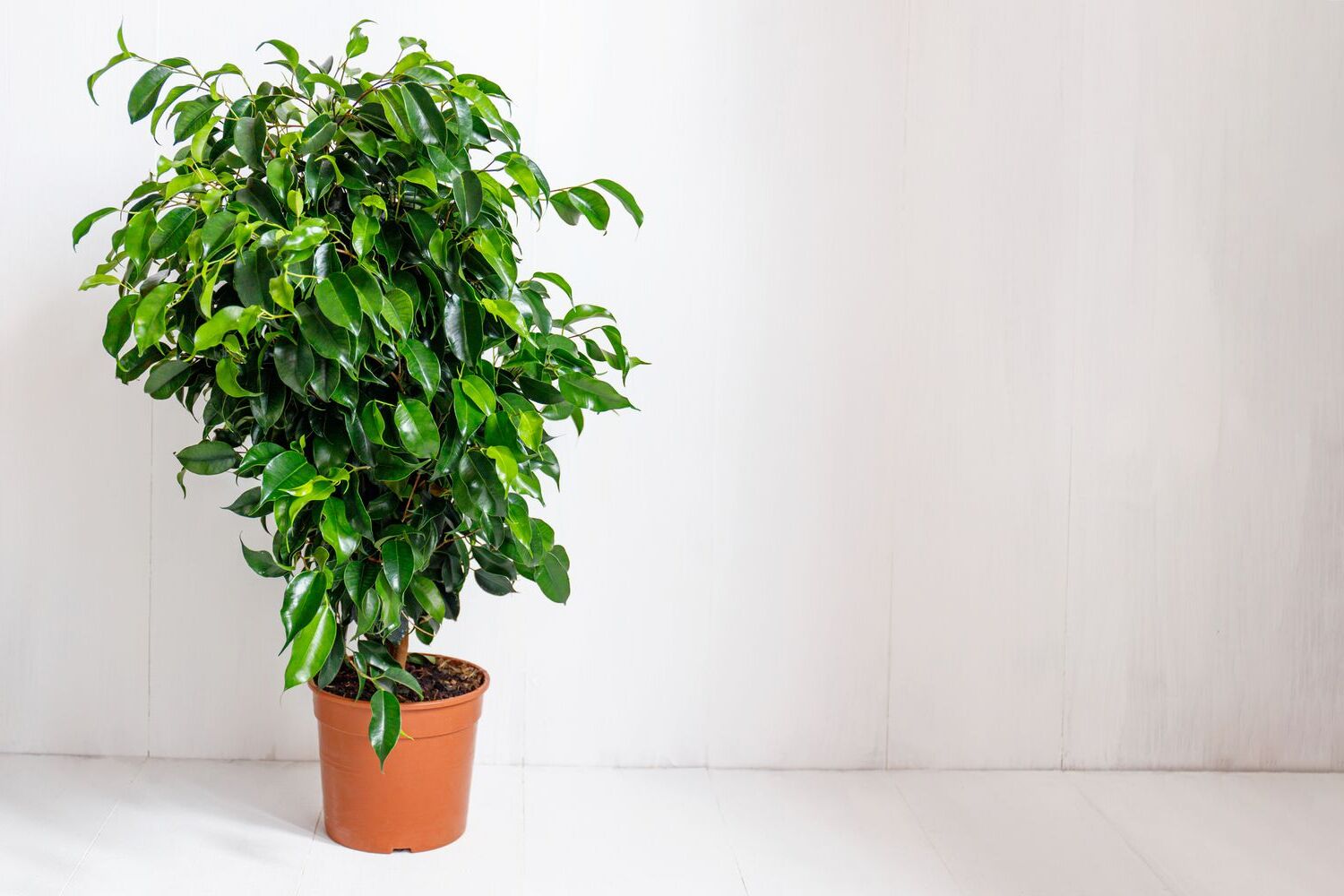

Ideas and Tips
Indoor Air-Purifying Plant Selection: Improve Your Home’s Air
Published: September 23, 2024
Improve your home's air quality with indoor air-purifying plants. Discover the best plants to remove toxins and enhance your living space naturally.
(Many of the links in this article redirect to a specific reviewed product. Your purchase of these products through affiliate links helps to generate commission for Storables.com, at no extra cost. Learn more)
Improving indoor air quality is essential for maintaining a healthy living environment. Poor air quality can lead to respiratory problems, allergies, and other health issues. One effective way to enhance indoor air quality is by using air-purifying plants. These plants have been scientifically proven to remove common household pollutants and toxins from the air, making them a natural and aesthetically pleasing solution for healthier living spaces.
The Science Behind Air-Purifying Plants
The idea that plants can help purify the air isn't new. Back in the late '80s, NASA scientists conducted a groundbreaking study to see if houseplants could improve indoor air quality. They titled it "Interior Landscape Plants for Indoor Air Pollution Abatement." The goal was to find out if common houseplants could remove trace organic pollutants from the air in energy-efficient buildings.
In the experiment, they placed 19 different houseplants in a sealed chamber and exposed them to three common indoor air pollutants: benzene, trichloroethylene, and formaldehyde. The results were pretty amazing. All 19 plants could remove some level of these pollutants, but some were better at it than others. For example, the Warneck dracaena removed 50% of formaldehyde over 24 hours, while the chrysanthemum removed 41.2% trichloroethylene and 61% formaldehyde in the same period.
The study also showed that the plant's roots and potting soil play a big role in its air-purifying system. Data from another 2-year study revealed that when the same plants and potting soil were continuously exposed to air containing pollutants like benzene, their capacity to clean the air improved over time. This suggests that the plant's soil microorganisms have adaptive abilities that enhance their air-purifying capabilities.
How Plants Purify the Air
Plants purify the air through a mix of biological and chemical processes. The main mechanism is photosynthesis, where plants convert carbon dioxide into oxygen. But there's more to it. Plants can also metabolize certain toxic chemicals, releasing harmless by-products in the process. They can even incorporate toxicants like heavy metals into their tissues, effectively sequestering them.
The leaves of plants are crucial for air purification. They contain enzymes that can break down volatile organic compounds (VOCs) like formaldehyde and benzene. The roots and associated microorganisms in the soil also contribute significantly to this process. Studies have shown that increasing the circulation of contaminated air through the root system and leaves improves the removal of formaldehyde.
Choosing the Right Plants
Not all houseplants are created equal when it comes to air purification. Some plants are more efficient at removing specific pollutants than others. Here are some of the best air-purifying plants you can consider for your home:
-
Snake Plant (Sansevieria Trifasciata)
- Known for its ability to thrive in low-light conditions, the snake plant is one of the most low-maintenance air-purifying plants available. It can remove formaldehyde and benzene from the air.
-
English Ivy (Hedera Helix)
- English ivy is another versatile plant that can adapt to various interior environments. It is effective in removing mold spores and other airborne toxins.
-
Bamboo Palm (Chamaedorea seifrizii)
- Bamboo palms are known for their ability to remove formaldehyde and benzene from the air. They also add a touch of tropical elegance to any room.
-
Golden Pothos (Epipremnum aureum)
- Golden pothos is a popular choice for its ease of care and its ability to remove formaldehyde and other VOCs from the air.
-
Peace Lily (Spathiphyllum wallisii)
- Peace lilies are not only beautiful but also effective at removing mold spores and other airborne toxins. They can thrive in low-light conditions and require minimal maintenance.
-
Dracaena (Dracaena spp.)
- Dracaena is a versatile plant that comes in many varieties, each with its own set of air-purifying abilities. Some species are particularly effective at removing formaldehyde and trichloroethylene.
-
Chrysanthemum (Chrysanthemum spp.)
- Chrysanthemums have been shown to remove significant amounts of trichloroethylene and formaldehyde from the air, making them a valuable addition to any indoor space.
-
Spider Plant (Chlorophytum comosum)
- Spider plants are easy to care for and effective at removing mold spores and other airborne toxins. They also produce baby plants that can be easily propagated.
-
Boston Fern (Nephrolepis exaltata)
- Boston ferns are known for their lush green foliage and ability to remove mold spores and other airborne toxins. They prefer high humidity but can thrive in well-maintained indoor environments.
-
Philodendron (Philodendron spp.)
- Philodendrons come in various species, each with its own set of air-purifying abilities. Some species are particularly effective at removing formaldehyde and other VOCs from the air.
Tips for Maintaining Healthy Plants
To ensure that your air-purifying plants are effective, it's essential to maintain them properly. Here are some tips:
-
Lighting
- Different plants have different lighting requirements. Make sure to choose plants that match the lighting conditions of your home. For example, snake plants can thrive in low-light conditions, while bamboo palms prefer bright, indirect light.
-
Watering
- Overwatering can be detrimental to plants. Check the soil moisture regularly and water only when necessary. Some plants like English ivy require more frequent watering, while others like peace lilies prefer to dry out slightly between waterings.
-
Fertilizing
- Fertilize your plants regularly but avoid overfertilizing. This can lead to more harm than good and reduce the plant's ability to purify the air.
-
Repotting
- Repot your plants every 1-2 years to provide them with fresh soil and a larger pot if necessary. This helps maintain their health and ensures they continue to purify the air effectively.
-
Pest Control
- Regularly inspect your plants for pests like spider mites, mealybugs, and scale. Use organic pest control methods whenever possible to avoid harming the environment and your health.
-
Cleaning Leaves
- Keep your plant leaves clean by wiping them with a damp cloth or occasionally spraying them down in the sink or tub. This helps maintain their ability to purify the air by removing any dust or debris that might interfere with photosynthesis.
How Many Plants Do You Need?
While one healthy plant can make a difference, it's generally recommended to have multiple plants spread out across your living space. According to NASA, you need at least two to three plants in 8-10 inch pots for every 100 square feet of living space. However, some experts suggest adding ten plants per square foot for optimal results.
Combining Plants with Other Air-Purification Methods
While air-purifying plants are a natural and effective solution, they shouldn't be relied upon as the sole means of improving indoor air quality. Other methods such as using activated carbon filters, HEPA air purifiers, and maintaining a well-functioning HVAC system are also crucial for ensuring good indoor air quality.
Bringing It All Together
Indoor air-purifying plants offer a simple yet effective way to improve the quality of your home's air. By selecting the right plants and maintaining them properly, you can significantly reduce the levels of common household pollutants and toxins in your home. While they should be used in conjunction with other air-purification methods, they provide a natural and aesthetically pleasing solution that can enhance both your health and the beauty of your living space.
Incorporating air-purifying plants into your home is a proactive step towards creating a healthier indoor environment. With the right selection and proper care, these plants can make a tangible difference in improving indoor air quality and promoting better health for you and your family.
Was this page helpful?
At Storables.com, we guarantee accurate and reliable information. Our content, validated by Expert Board Contributors, is crafted following stringent Editorial Policies. We're committed to providing you with well-researched, expert-backed insights for all your informational needs.
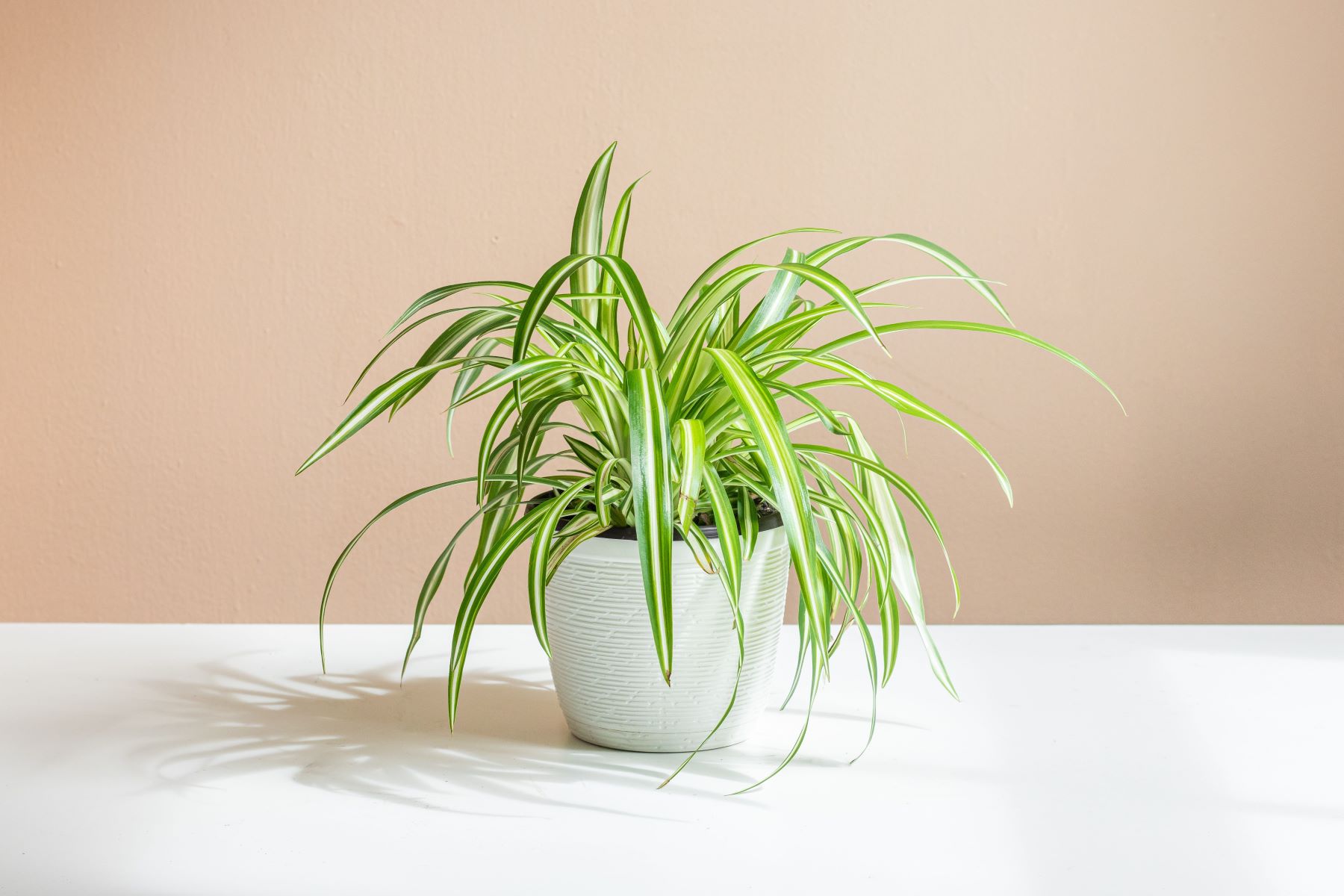

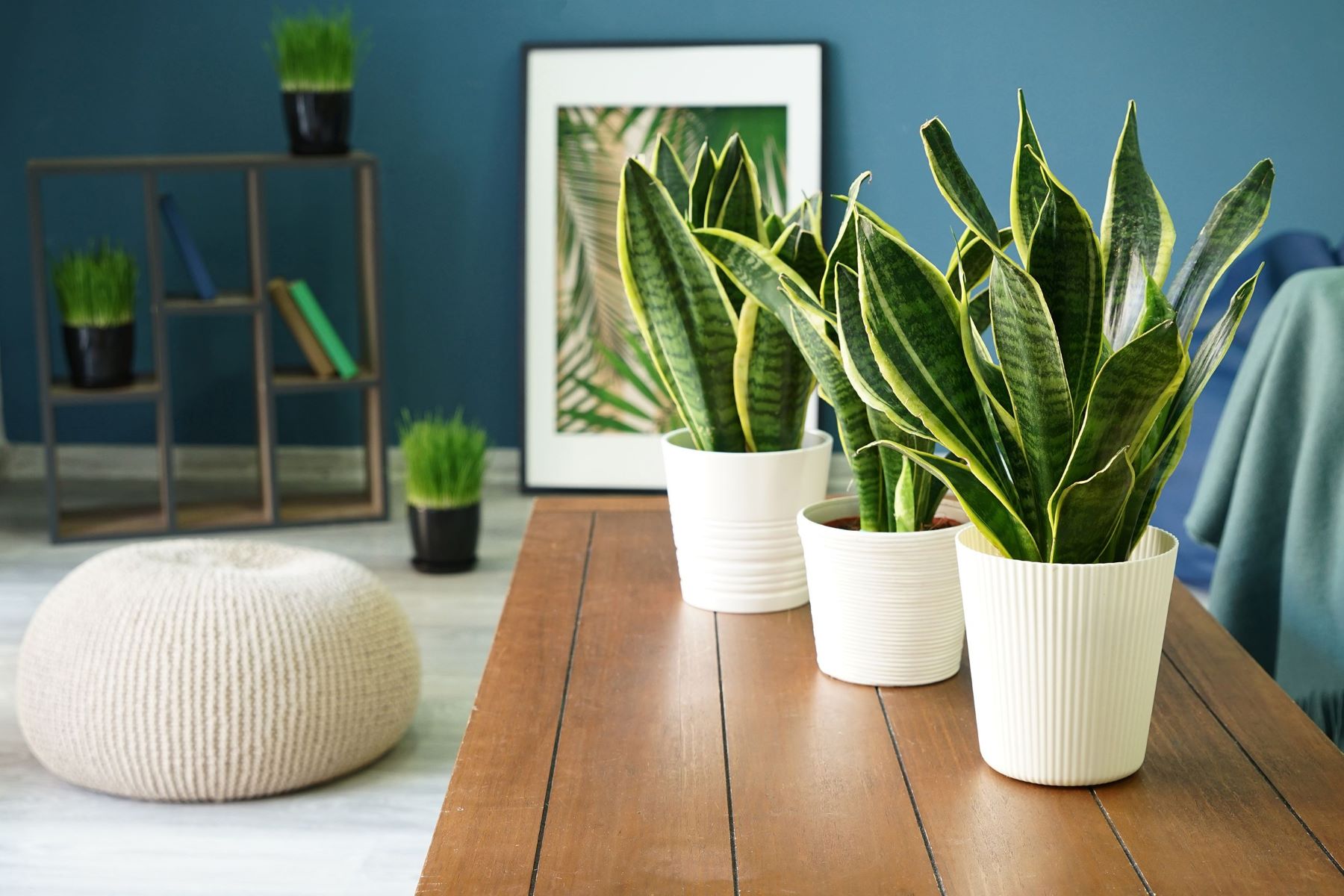

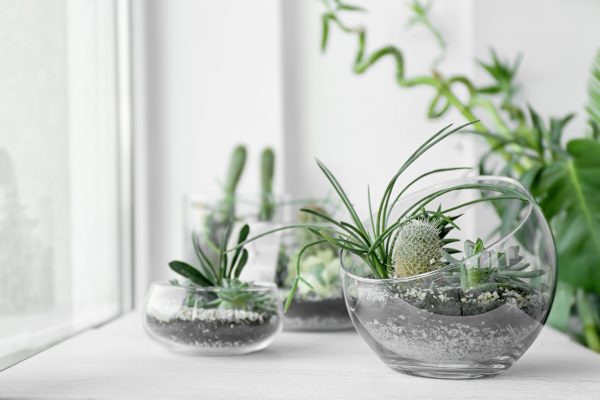


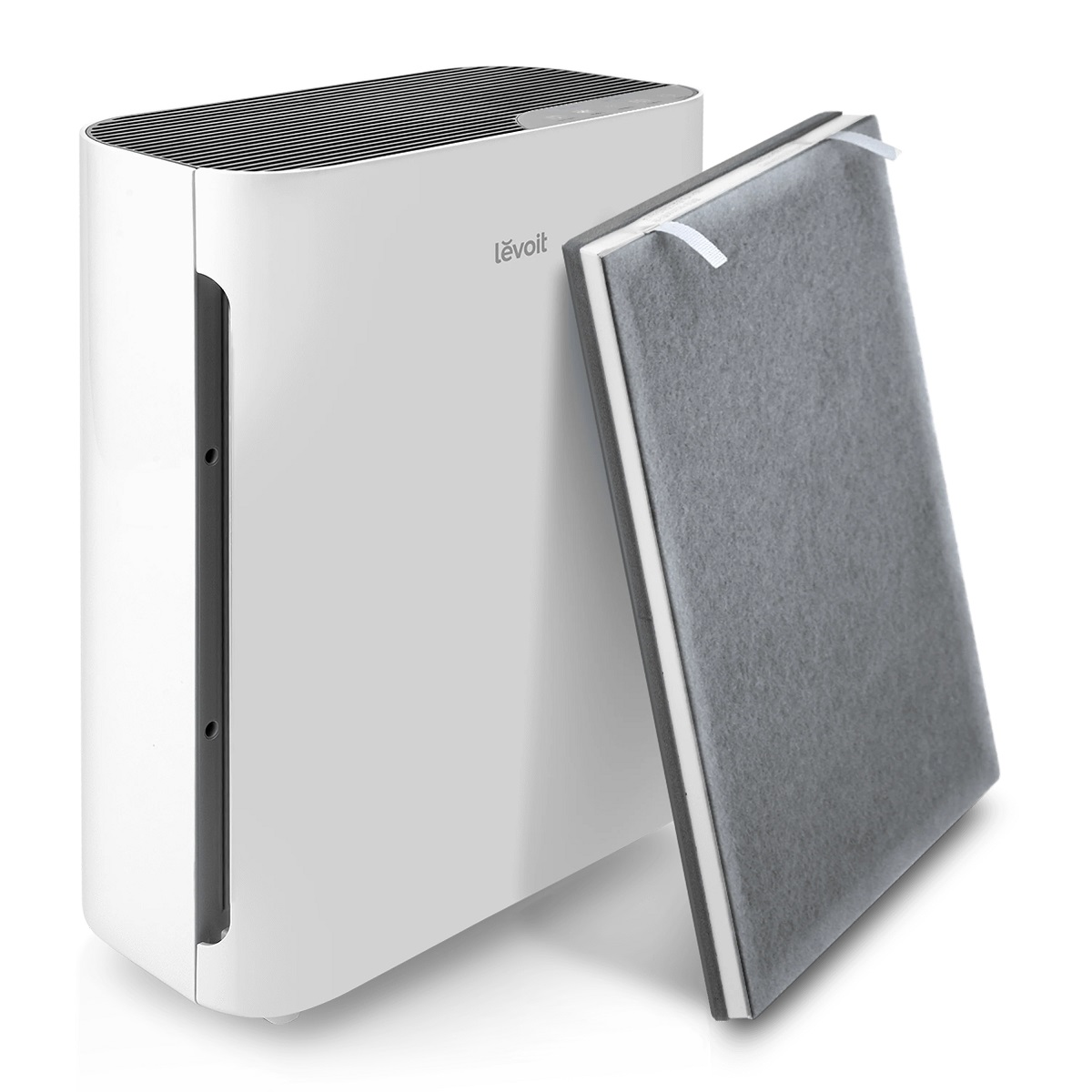
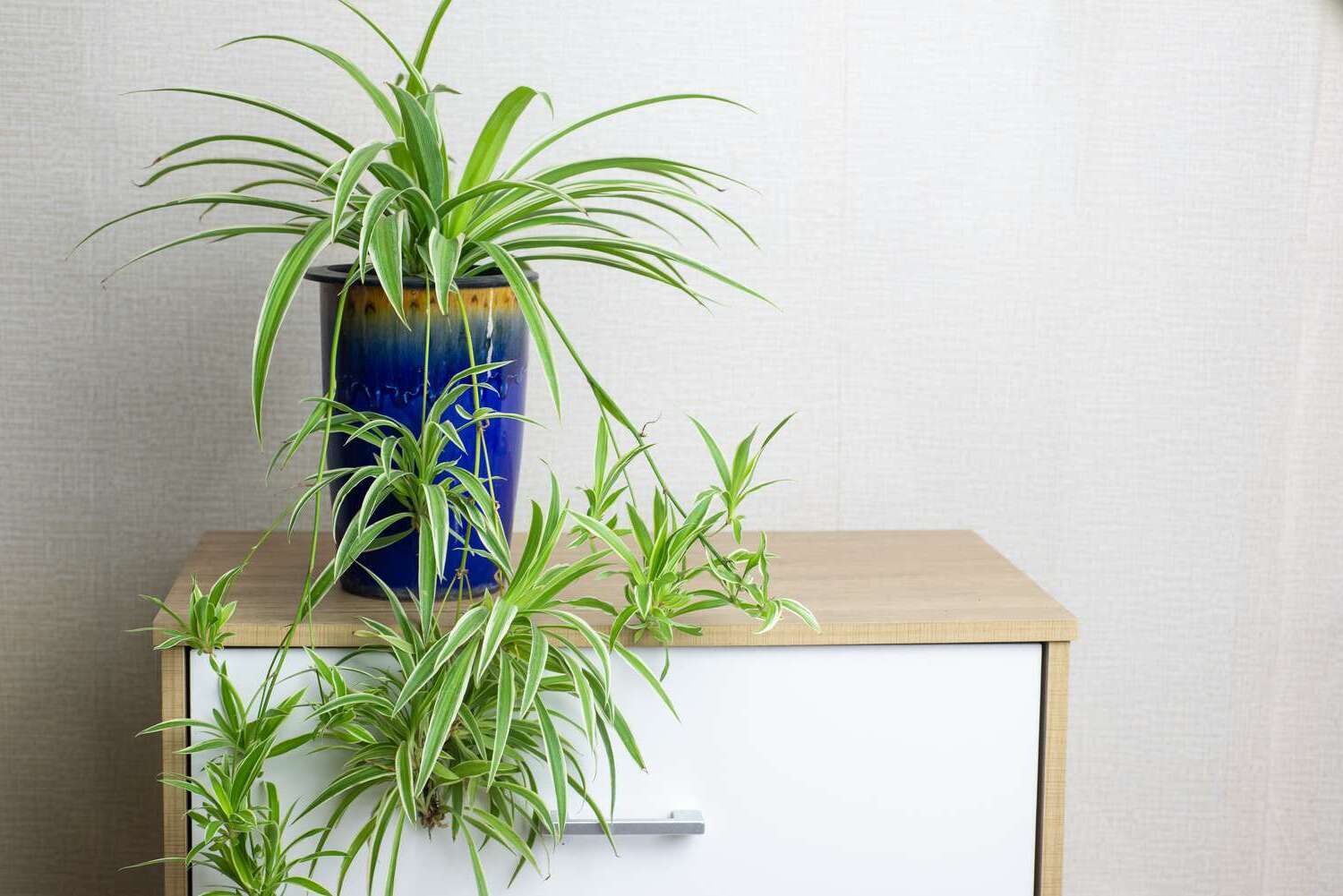
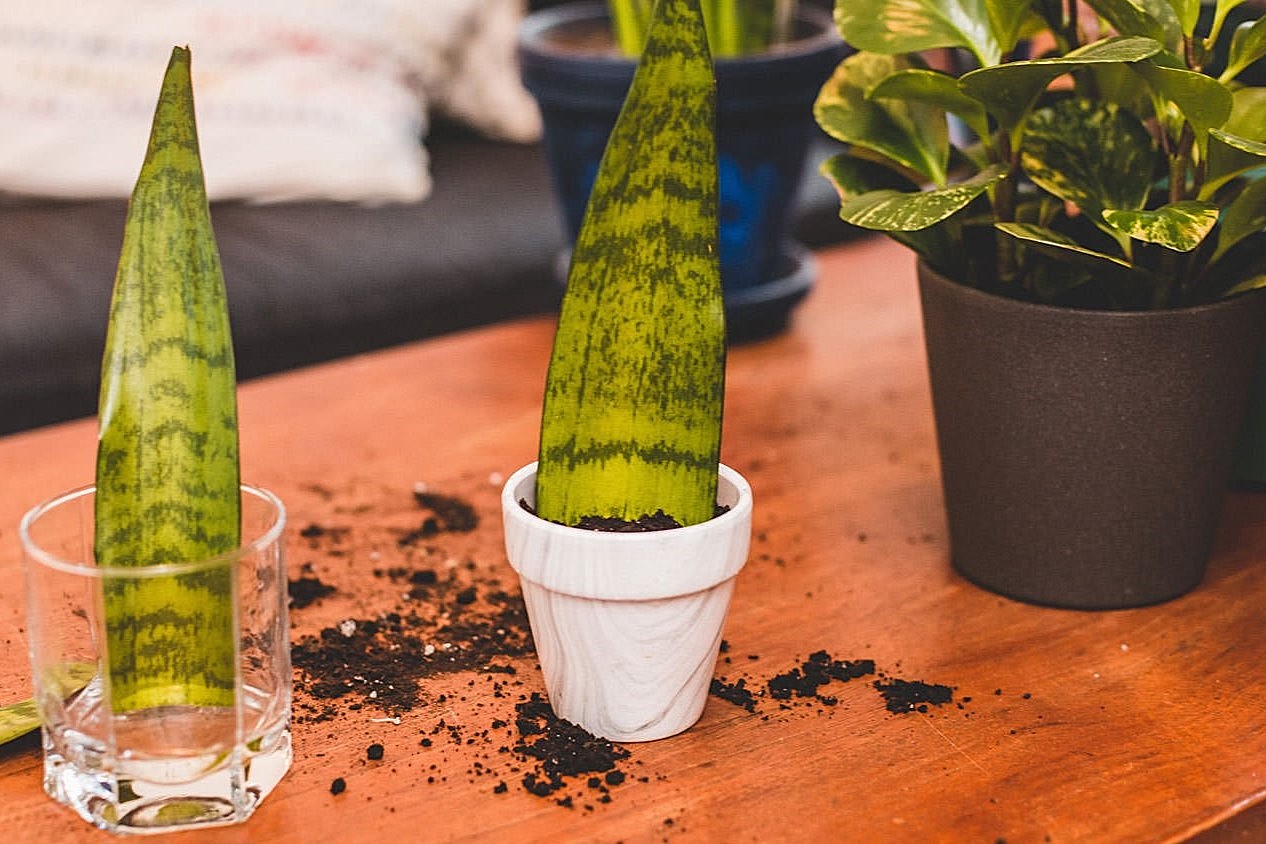


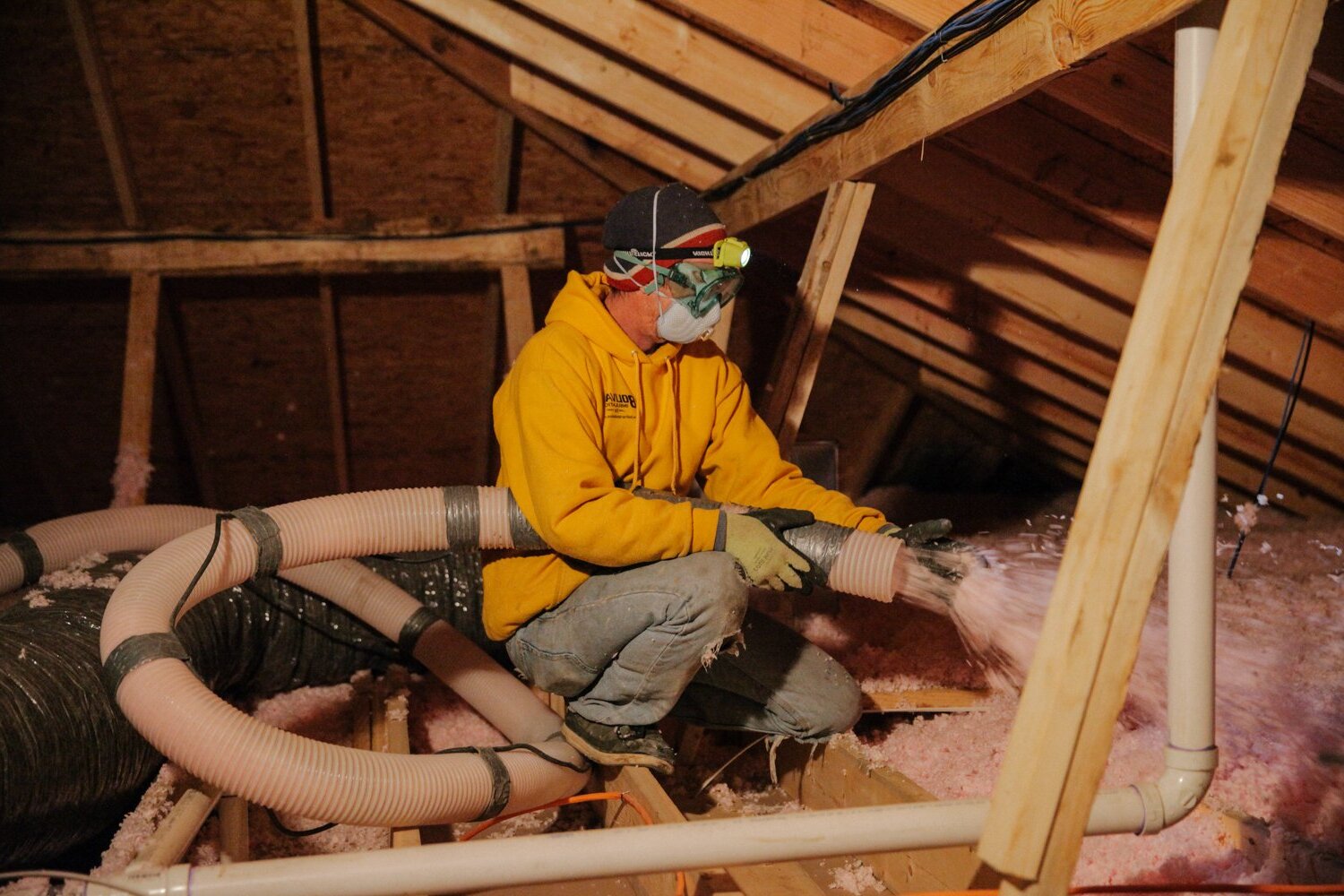


0 thoughts on “Indoor Air-Purifying Plant Selection: Improve Your Home’s Air”